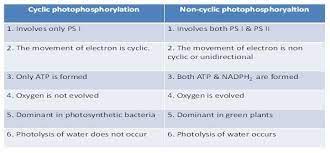CBSE Class 11 Biology Chapter 13 Revision Notes
Chapter 13: Photosynthesis in Higher Plants Revision Notes
Green plants use light energy to fuel the synthesis of organic molecules in a physio-chemical process known as photosynthesis in plants. It’s an anabolic process that’s governed by enzymes. Photosynthesis necessitates the presence of chlorophyll and light. It can only be found in the green parts of leaves and cyanobacteria .
Early Experiments
Joseph Priestley: discovered essential role of air in the growth of green plants (a candle burning in a closed space – a bell jar).
Jan Ingenhousz: importance of sunlight to the plant process that somehow purifies the air fouled by burning candles or breathing animals (small bubbles on aquatic plant in sunlight).
Julius von Sachs: determined the production of glucose usually stored as starch when plants grow.
T.W Engelmann: determined the action spectrum of photosynthesis using a prism and a green alga, Cladophora.
Cornelius van Niel: determined photosynthesis is essentially a light-dependent reaction.
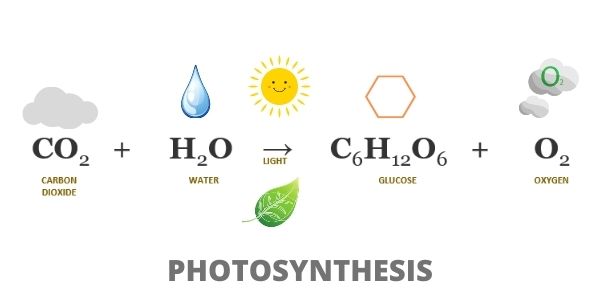
Site of Photosynthesis
In eukaryotic photoautotrophs, chloroplasts are green plastids that serve as photosynthesis sites. Chloroplasts are found in the mesophyll cells that line the inside walls of the leaves.
- A membrane structure consisting of grana, stroma lamellae, and fluid stroma exist within the chloroplast.
- The membrane system produces ATP and NADP using light energy.
- Enzymatic processes take place in the stroma, resulting in sugar production (starch).
- The light reaction occurs when light energy is absorbed by grana and used to produce ATP and NADPH.
- The dark reaction refers to the stage of photosynthesis when the product is converted to sugar, and no light is required.
Types of Pigments
The green color of the leaves is commonly understood as a consequence of chlorophyll presence, but the color arises as a result of 4 pigments –
- Chlorophyll a: chief pigment, **bright or blue green,
- Chlorophyll b: yellow green (accessory pigment),
- Xanthophylls: yellow (accessory pigment)
- Carotenoids: yellow to yellow-orange (accessory pigment).
Most of the photosynthesis takes place in the blue and red spectrum regions.
Accessory pigments: help absorb light of a wider range of wavelength and protects chlorophyll a from photo-oxidation.
The Light Reaction
- Light absorption, water splitting, oxygen release, and the synthesis of ATP and NADPH are all part of the process.
- Protein-bound pigment molecules create light-harvesting complexes (antennae)within two photosystems, PS-I and PS-II.
- Each photosystem has a reaction center: a single chlorophyll a molecule.
- PS-I has a reaction center called P-700 because chlorophyll a has an absorption peak of 700 nm.
- PS-II has a reaction center of P-680 because chlorophyll a has an absorption peak of 680 nm.
The Electron Transport
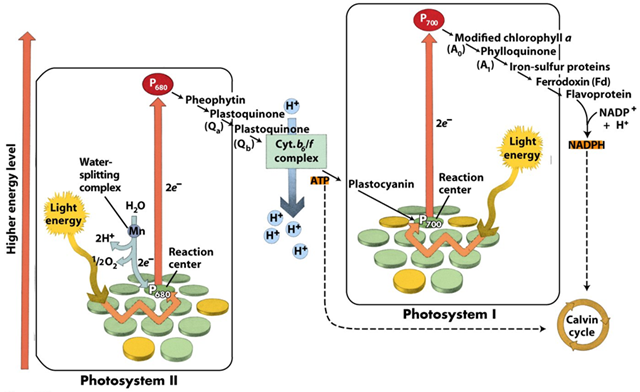
- The electron transport system consists of** cytochromes**.
- The transfer of electrons, starting from the PS II, uphill to the acceptor, down the electron transport chain to PS I, excitation of electrons, transfer to another acceptor, and finally down hill to NADP+ reducing it to NADPH + H+ is called the Z scheme.
- The splitting of water into 2H+ , [O] and electrons in PS II continuously supplies electrons.
Non-cyclic Photophosphorylation and Cyclic Photophosphorylation
Photophosphorylation is the process of generating ATP (ADP + Pi) in the presence of sunshine. There are two types:
- Cyclic photophosphorylation: When only PS I is functional (ATP only).
- Non-cyclic photophosphorylation: When the two photosystems work in a series, first PS II and then the PS I (ATP and NADPH + H+).
Non – cyclic
- PS-II absorbs light at a wavelength of 680 nm, causing electron excitation. An electron acceptor accepts these energized electrons and transfers them to the electron transport system.
- The electrons are transmitted from the electron transport system to the PS-I. At the same time, electrons at PS-I are stimulated by a wavelength of 700 nm.
- NADP is reduced to NADPH + H+ after receiving an electron from the electron acceptor.
- PS-II loses electrons that do not return to it, resulting in non-cyclic photophosphorylation.
- Both photosystems are engaged in this.
Cyclic
- Only PS-I is engaged in cyclic photophosphorylation.
- The photosystem’s electrons circulate, resulting in a cyclic flow of electrons.
- This merely produces ATP and no production of NADPH + H+.
Chemiosmotic Hypothesis
- The splitting of the water molecule occurs on the inner side of the membrane, causing the protons or hydrogen ions to collect within the thylakoids’ lumen.
- Protons are transferred across the membrane when electrons flow through the photosystems.
- The NADP reductase enzyme is found on the membrane’s stroma side. Protons and electrons from PS I’s acceptor of electrons are required for the conversion of NADP+ to NADPH+ H+. The stroma is likewise cleared of these protons.
- All this creates a proton gradient across the thylakoid membrane.
- A membrane, a proton pump, a proton gradient, and ATP synthase are required for chemiosmosis.
- To establish a gradient or a high concentration of protons within the thylakoid lumen, energy is required to push protons across a membrane. A channel in ATP synthase permits protons to diffuse back across the membrane, releasing enough energy to activate the ATP synthase enzyme, which catalyzes ATP synthesis.
ATP AND NADPH
ATP and NADPH are used to drive the biosynthetic phase ( Calvin cycle) of photosynthesis: processes leading to the synthesis of sugars.
CO2 assimilation during photosynthesis is of two main types:
- The first product of CO2 fixation is a C3 acid (3-phosphoglyceric acid) : the C3 pathway
- The first product was a C4 acid (oxaloacetic acid) : the C4 pathway.
The primary acceptor of CO2 is a 5-carbon ketose sugar – ribulose bisphosphate (RuBP).
The Calvin Cycle (C3 cycle)
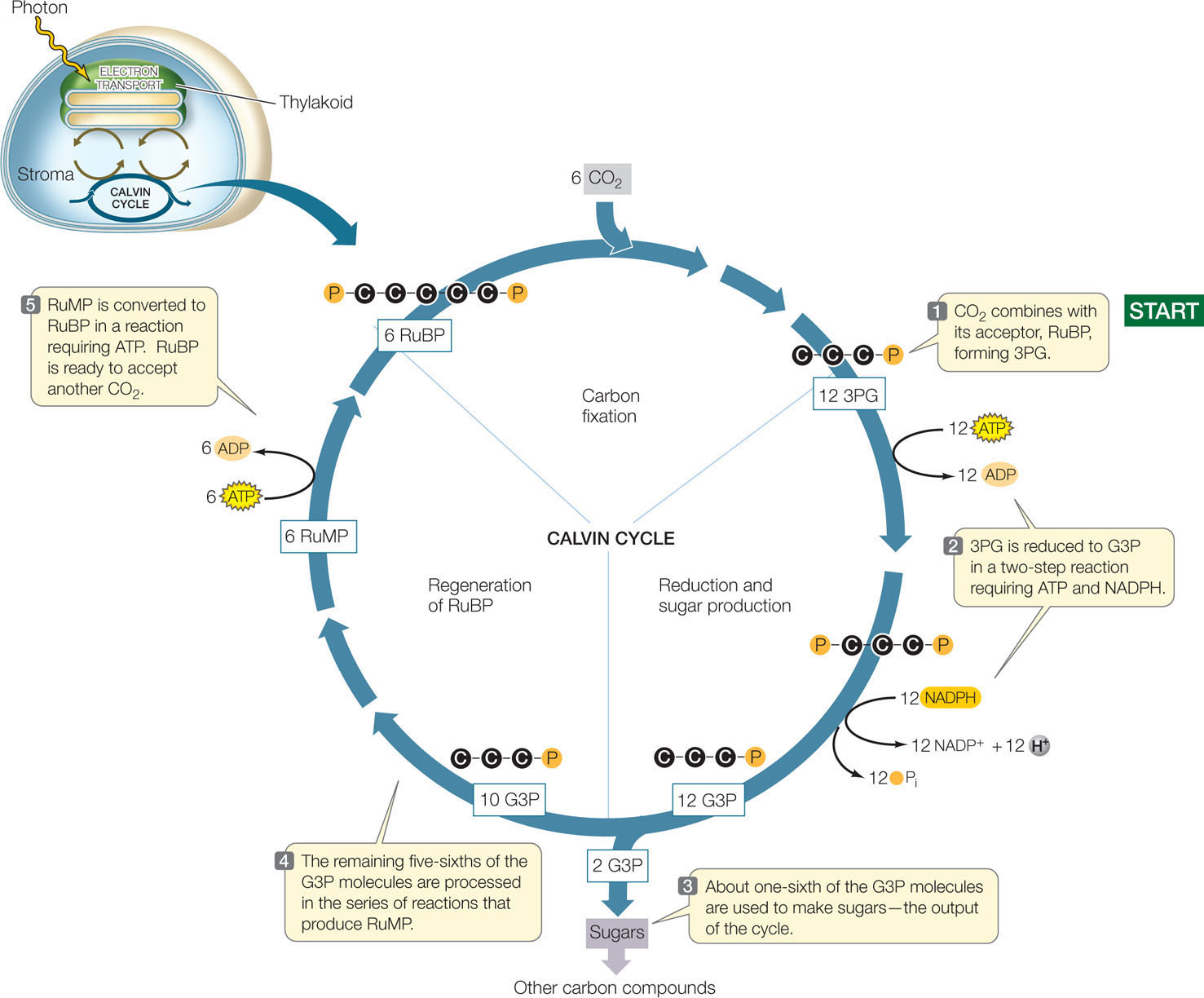
The Calvin pathway occurs in all photosynthetic plants.
The steps in this cycle are as follows:
- CARBOXYLATION: Ribulose-1, 5-bisphosphate (RuBP) is carboxylated with carbon dioxide to form two molecules of 3-phosphoglyceric acid (3-PGA), a three-carbon molecule. RuBisCO, an enzyme, is involved in the process.
- REDUCTION: Glyceraldehyde-3-phosphate is formed when two molecules of ATP and one molecule of NADPH fix one molecule of carbon dioxide. Glucose is formed by fixation of six molecules of CO2 and 6 turns of the cycle.
- REGENERATION: RuBP regenerates to keep the cycle going by utilizing one ATP for phosphorylation to form RuBP.
IN: Six CO2 18 ATP 12 NADPH
OUT: One glucose 18 ADP 12 NADP
C4 Cycle (Hatch and Slack Pathway):

- Seen in plants adapted to dry tropical regions.
- They have a special type of leaf anatomy: bundle sheath cells- large cells around the vascular bundles having a large number of chloroplasts (‘Kranz’ anatomy).
- They tolerate higher temperatures, they show a response to high light intensities, they lack a process called photorespiration and have greater productivity of biomass.
- Plants transform ambient carbon dioxide into a four-carbon-containing chemical molecule in this cyclic process.
- The principal carbon dioxide acceptor is phosphoenolpyruvate, which is found in the mesophyll cells. Phosphoenolpyruvate carboxylase catalyzes the process to OAA.
- The mesophyll cells produce aspartic and malic acids which is then moved to the bundle sheath cells.
- The C4 acids break down here, releasing three-carbon molecules and CO2.
- The three-carbon molecules return to the mesophyll cells, are transformed to phosphoenolpyruvate, and the cycle is completed.
- The Calvin cycle begins when carbon dioxide reaches the bundle sheath cells (rich in RuBisCO, but lack PEPcase).
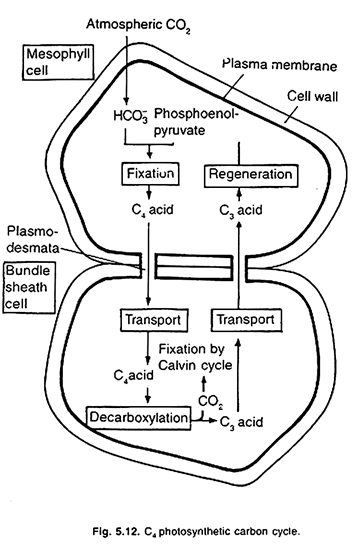
Photorespiration:
In C3 plants some O2 does bind to RuBisCO and the RuBP forms one molecule of phosphoglycerate and phosphoglycolate (2 Carbon) in a pathway called photorespiration.
There is no sugar, ATP or NADPH produced in this process.
Photorespiration does not occur in C4 plants (increased intracellular concentration of CO2).
Factors affecting photosynthesis:
Blackman’s Law of Limiting Factors: If a chemical process is affected by more than one factor, then its rate will be determined by the factor which is nearest to its minimal value: it is the factor which directly affects the process if its quantity is changed.
- Light: light is rarely a limiting factor in nature (light saturation occurs at 10 per cent of the full sunlight).
- Carbon dioxide Concentration: It is a major limiting factor in photosynthesis.
- Temperature: the enzymes involved in the photosynthesis are temperature sensitive.
- Water: water stress affects the plant (closing of stomata, left wilting) thus affecting photosynthesis.

